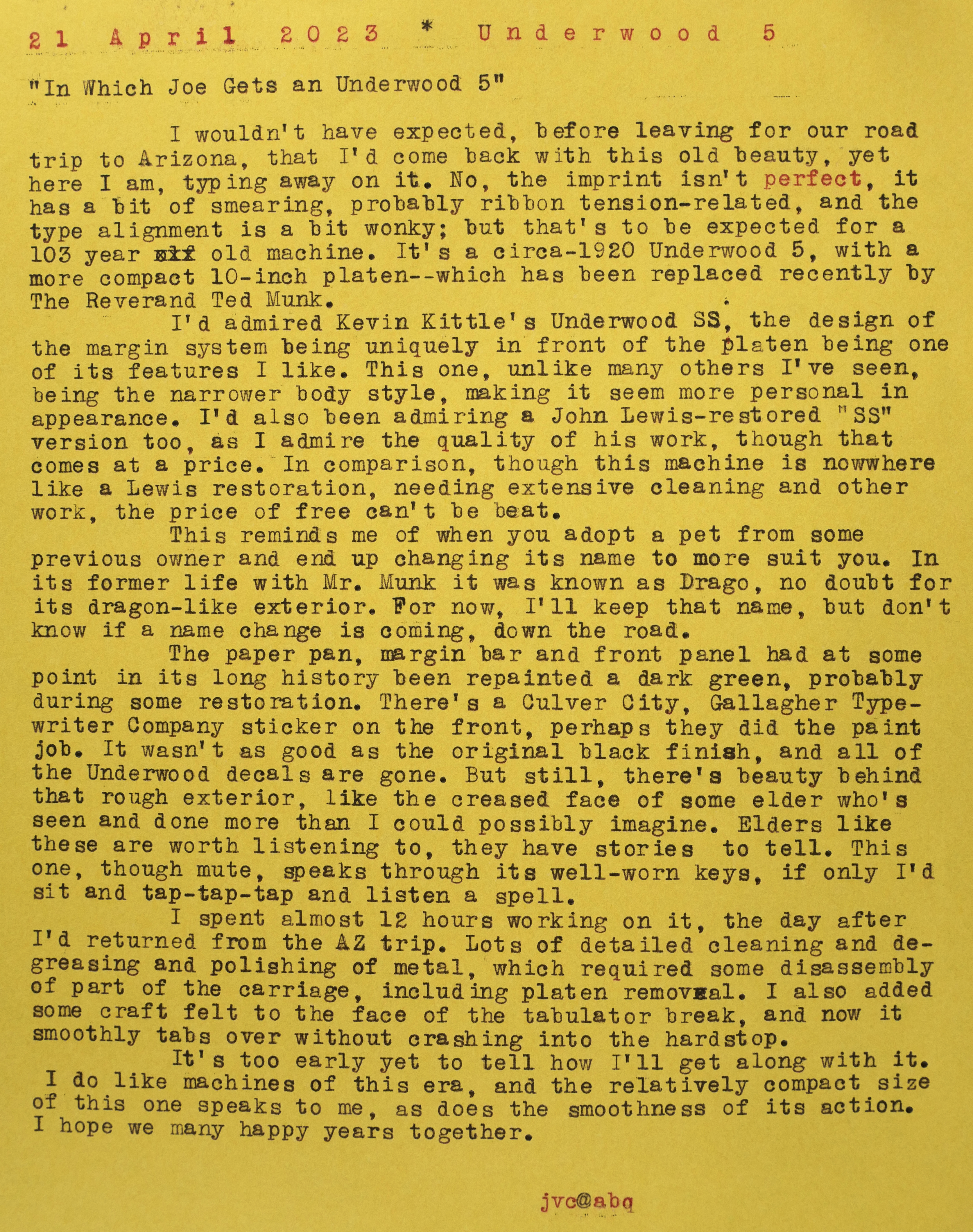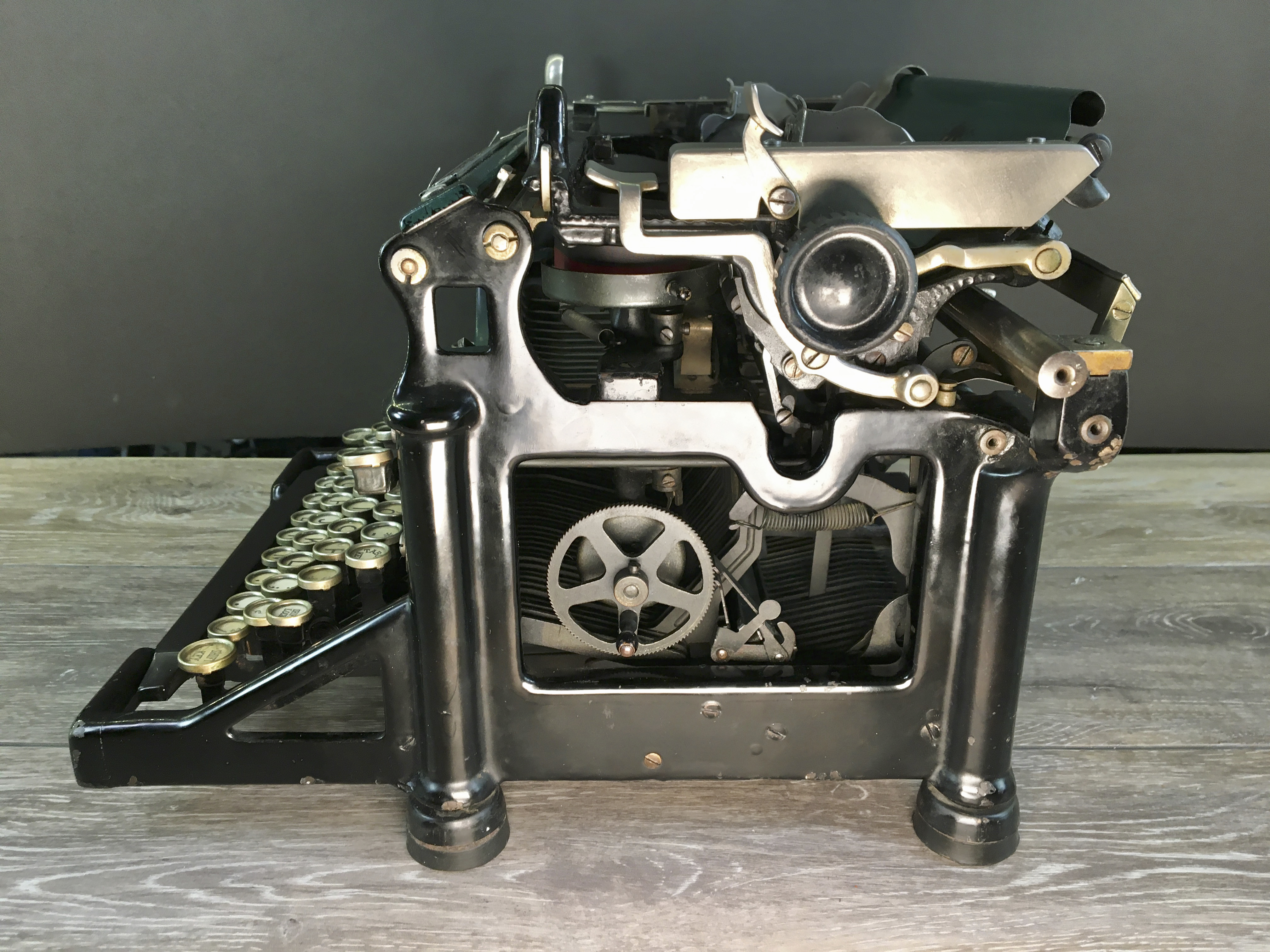Imagining My Next Journal Book
 A collection of past journal books
A collection of past journal books
My journals are a hodgepodge of both handwritten material, sketches and collage, often intermixed. Sketching is my preferred method for designing things, even for projects as simple as a holder for a paper journal. Here are some sketches representing how my idea for this project is evolving.
 The lefthand drawing comes close to my final design, but with a magnetically closable flap to secure the paper inside. The righthand drawing is like a very shallow cigar box for holding the paper inside. Both designs have a smooth, hard outer surface for writing upon.
The lefthand drawing comes close to my final design, but with a magnetically closable flap to secure the paper inside. The righthand drawing is like a very shallow cigar box for holding the paper inside. Both designs have a smooth, hard outer surface for writing upon. I like this design best, it would be simple to build and looks minimalist. I need to find the right material and thickness for the top writing surface, perhaps white acrylic plastic, or even sheet aluminum.
I like this design best, it would be simple to build and looks minimalist. I need to find the right material and thickness for the top writing surface, perhaps white acrylic plastic, or even sheet aluminum.In practice, this paper-holder journal system only needs to hold enough pages for one day's outing, assuming I'm journaling away from home. I also use a variety of pens and pencils, as you can see from the above sketches; too many to fit inside the holder itself. I typically carry my frequently used writing instruments in an eyeglass case adapted for that purpose. There's also a glue stick, scissors and razor knife if I'm collaging.
I've enjoyed using these half-letter-sized sheets as a journal format, they're bigger than pocket sized, generous enough for documenting ideas, yet don't seem as gargantuan as full letter-sized pages.
I've been using 32lb. laser paper in this last handmade journal book, but despite its weight I find it bleeds a bit too much when using the Pentel brush pens, so I'm also on the lookout for a different paper, one compatible for both technical drawing as well as fountain pen and brush pen. The good thing about unbound pages is I'm not committed to using an entire book of them, should I find one kind of paper to be less than satisfactory.
Typecast via 1978 Olympia SM9.



























